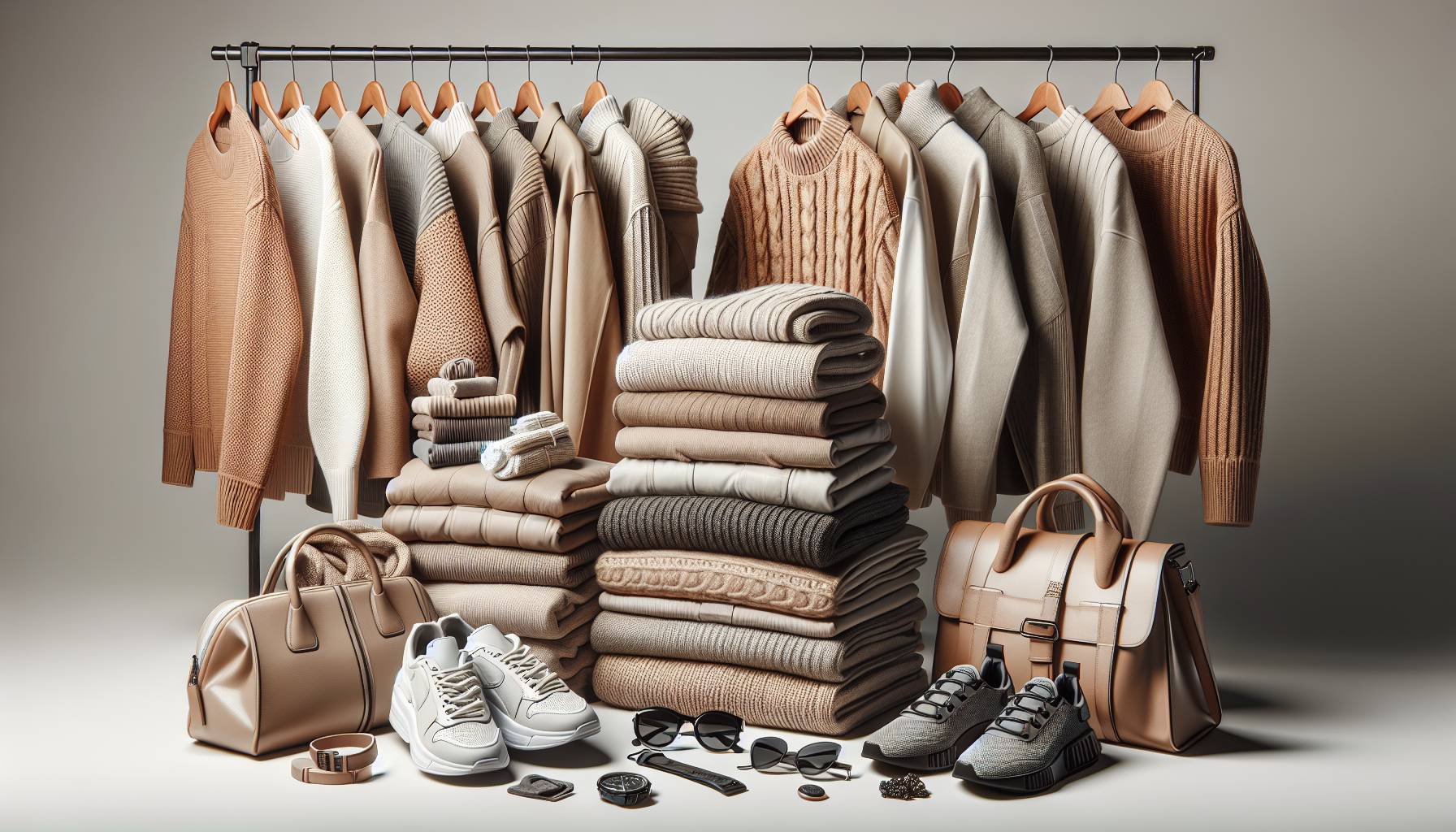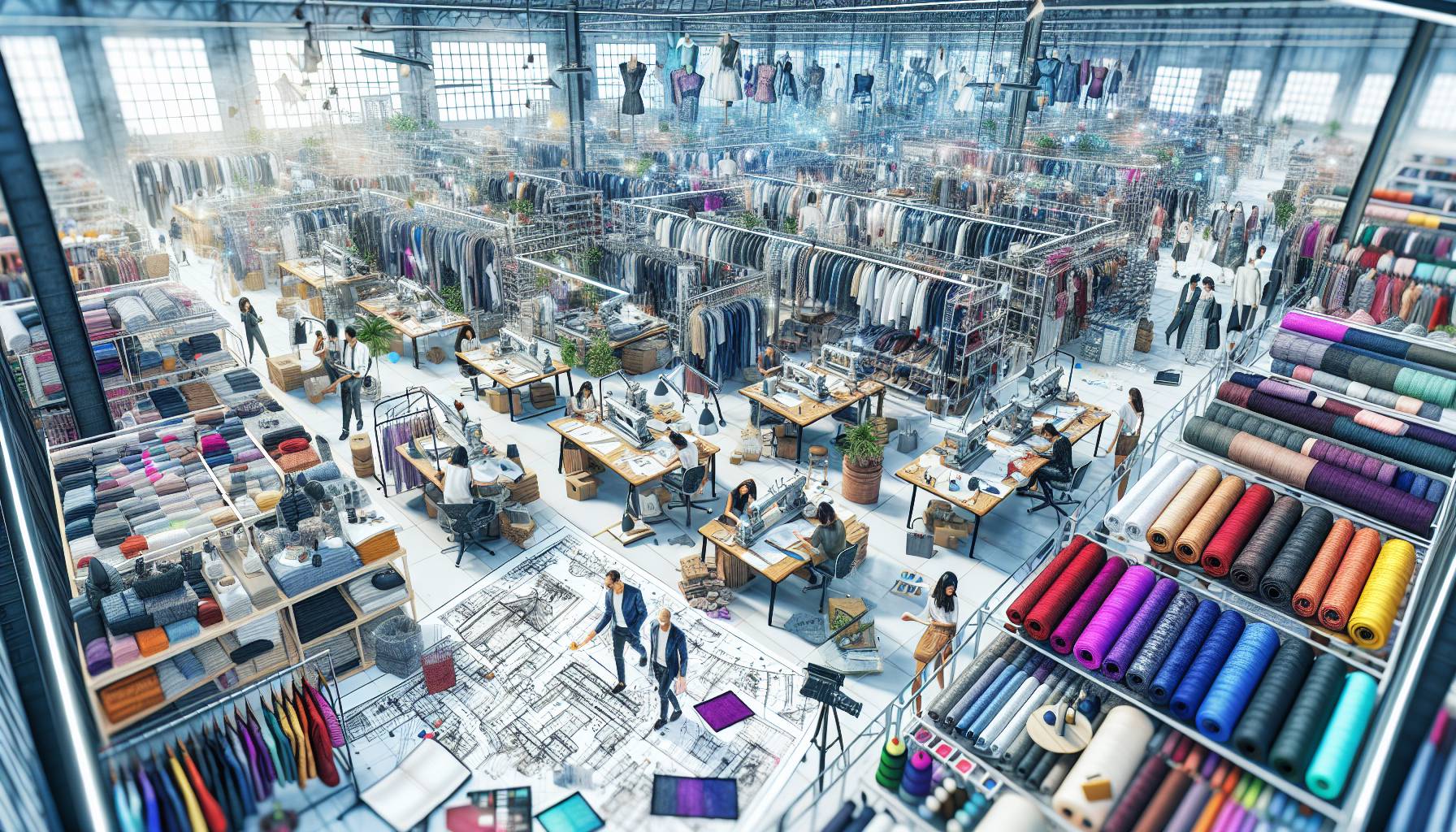History and significance of the Met Gala
The Met Gala, officially known as the Costume Institute Benefit, began in 1948 as a fundraising event for the Metropolitan Museum of Art’s Costume Institute in New York City. Originally a modest midnight supper attended by members of high society, the event has evolved into one of the most prestigious and exclusive nights in global fashion. Its transformation over the decades reflects not only the changing landscape of fashion but also the growing intersection of celebrity, art, and culture.
Each year, the gala marks the grand opening of the Costume Institute’s annual fashion exhibition. The event is timed to coincide with the first Monday in May, a date now synonymous with high fashion and artistic spectacle. Under the leadership of Vogue editor-in-chief Anna Wintour since 1995, the Met Gala has grown in scale and influence, becoming a major cultural moment that garners international media attention and sets the tone for fashion trends worldwide.
Beyond its glitz and glamour, the Met Gala serves a philanthropic purpose. It is the primary source of funding for the Costume Institute, raising millions of dollars annually to support exhibitions, acquisitions, and educational programs. The event’s exclusivity — with tickets costing tens of thousands of dollars and attendance by invitation only — underscores its role as both a fundraiser and a celebration of fashion as a legitimate art form.
For Australian fashion enthusiasts and creatives, the Met Gala represents a global stage where design, identity, and storytelling converge. It offers a unique lens into how fashion can be used to explore history, challenge norms, and express individuality. The event’s legacy continues to inspire designers and artists across the world, including those in Australia, who look to the Met Gala as a benchmark for innovation and cultural relevance in the fashion industry.
Themes and fashion statements
Each year, the Met Gala unveils a new theme that serves as both a creative prompt and a challenge for attendees. These themes are drawn from the Costume Institute’s annual exhibition and often explore complex ideas ranging from historical periods and cultural movements to the work of specific designers or abstract concepts. Past themes have included “Heavenly Bodies: Fashion and the Catholic Imagination”, “Camp: Notes on Fashion”, and “China: Through the Looking Glass”, each sparking a wave of interpretation and innovation on the red carpet.
The theme is not merely a dress code — it’s a narrative framework that encourages designers and celebrities to push the boundaries of fashion. Attendees collaborate with top fashion houses and emerging designers to create bespoke ensembles that often blur the lines between costume and couture. These looks are meticulously crafted, sometimes taking months to complete, and are designed to make a statement not just about style, but about identity, culture, and artistic vision.
For Australian audiences, the Met Gala’s themes offer a fascinating insight into how fashion can be used as a form of storytelling. Designers from Australia, such as Dion Lee and Zimmermann, have gained international recognition for their ability to blend conceptual design with wearable art — a sensibility that aligns closely with the ethos of the Met Gala. The event’s themes often resonate globally, inspiring local interpretations and sparking conversations within Australia’s own fashion and creative communities.
Some of the most memorable fashion statements in Met Gala history have come from those who embraced the theme with boldness and originality. Rihanna’s papal-inspired ensemble by Maison Margiela, Billy Porter’s Egyptian sun god entrance carried by six men, and Zendaya’s Cinderella transformation complete with a light-up gown are just a few examples of how the red carpet becomes a stage for theatrical expression. These moments are not only visually stunning but also culturally significant, often reflecting broader societal dialogues around gender, race, and identity.
In Australia, where fashion is increasingly seen as a platform for cultural commentary and innovation, the Met Gala’s thematic approach resonates deeply. It challenges designers and fashion lovers alike to think beyond trends and consider the deeper meanings behind what we wear. Whether watching from afar or drawing inspiration for local events and collections, Australians engage with the Met Gala as a celebration of fashion’s power to provoke, inspire, and transform.
Cultural impact and artistic expression
The Met Gala’s influence extends far beyond the red carpet, shaping conversations around art, identity, and cultural representation. As a platform where fashion intersects with performance and visual storytelling, the event has become a powerful space for artistic expression. Designers and celebrities use the gala to explore and challenge societal norms, often incorporating elements of fine art, literature, and political commentary into their ensembles. This fusion of disciplines elevates fashion from mere aesthetics to a form of cultural dialogue, where garments become canvases for complex ideas and personal narratives.
In recent years, the Met Gala has increasingly reflected the diversity and dynamism of global culture. Attendees draw from a wide range of influences — from Indigenous motifs and diasporic traditions to contemporary art and digital media — to craft looks that are both visually arresting and deeply meaningful. This has opened up new avenues for representation, allowing voices from historically marginalised communities to be seen and celebrated on one of the world’s most prominent stages. For Australian audiences, particularly those from multicultural and First Nations backgrounds, this emphasis on inclusivity and storytelling resonates strongly, highlighting the role of fashion as a medium for cultural pride and resistance.
Artistic expression at the Met Gala is not limited to clothing. The event’s staging, photography, and media coverage all contribute to its cultural impact. The museum’s grand staircase becomes a theatrical set, while the curated exhibition inside offers a scholarly context that deepens the public’s understanding of fashion’s artistic value. These elements work together to create an immersive experience that blurs the boundaries between museum exhibition and live performance. For creatives in Australia — from stylists and photographers to curators and academics — the Met Gala serves as a case study in how fashion can be presented as a legitimate and influential art form.
Moreover, the Met Gala’s cultural impact is amplified through social media, where images and commentary circulate globally within minutes. This digital reach allows people from all corners of the world, including Australia, to participate in the conversation. Whether through live tweets, fashion critiques, or fan art, audiences engage with the event in real time, contributing to a shared cultural moment that transcends geography. The gala thus becomes not just a spectacle for the elite, but a catalyst for global artistic engagement and inspiration.
In Australia’s own fashion and arts scenes, the ripple effects of the Met Gala are evident. Local designers often reference Met Gala looks in their collections, while stylists and influencers reinterpret red carpet moments for Australian audiences. Art schools and fashion programs use the event as a teaching tool, analysing its themes and aesthetics to explore broader questions about creativity, identity, and cultural exchange. In this way, the Met Gala continues to influence and inspire, reinforcing the idea that fashion is not just about what we wear, but about who we are and how we choose to express ourselves.
History and significance of the Met Gala
Since its inception in 1948, the Met Gala has evolved from a modest fundraising dinner into the most exclusive night on the global fashion calendar. Originally established by publicist Eleanor Lambert to raise money for the newly founded Costume Institute at the Metropolitan Museum of Art, the event has grown into a cultural phenomenon that merges high fashion with high society.
Each year, the gala marks the grand opening of the Costume Institute’s annual fashion exhibition, with the theme of the exhibit setting the tone for the evening’s dress code. From “Heavenly Bodies: Fashion and the Catholic Imagination” to “Camp: Notes on Fashion,” the themes are not only provocative but also deeply rooted in art history, literature, and social commentary. These themes challenge designers and celebrities alike to push creative boundaries, resulting in some of the most iconic red carpet moments in fashion history.
Under the stewardship of Anna Wintour since 1995, the Met Gala has become a powerhouse of influence, blending celebrity culture with the artistry of couture. It’s not just a party — it’s a platform where fashion is elevated to the realm of fine art, and where the industry’s most visionary talents are celebrated on a global stage.
For Australian designers and fashion enthusiasts, the Met Gala offers a rare glimpse into the intersection of fashion and cultural storytelling. It’s a reminder that style is not just about aesthetics — it’s about identity, innovation, and the ability to spark conversation through fabric and form.
Fashion as art and expression
At the Met Gala, fashion transcends its utilitarian roots and becomes a living, breathing form of artistic expression. Each look is a curated masterpiece, meticulously crafted to interpret the year’s theme through silhouette, texture, and symbolism. Designers collaborate closely with celebrities to create garments that are not only visually arresting but also conceptually rich — often referencing art movements, historical periods, or cultural icons. It’s couture with a narrative, and every stitch tells a story.
What sets the Met Gala apart is its unapologetic embrace of the avant-garde. Unlike traditional red carpets, where glamour often leans toward the safe and expected, this event encourages risk-taking and theatricality. From Rihanna’s papal-inspired Maison Margiela ensemble in 2018 to Zendaya’s Cinderella transformation by Tommy Hilfiger in 2019, the Met steps become a runway for fashion’s most daring ideas. These moments are not just about spectacle — they’re about pushing the boundaries of what fashion can be.
For Australian creatives, this is particularly inspiring. Our fashion scene, known for its laid-back elegance and innovative edge, finds resonance in the Gala’s celebration of individuality and craftsmanship. It’s a reminder that fashion is not confined to trends or seasons — it’s a medium for storytelling, protest, and personal expression. Whether it’s through the use of sustainable materials, Indigenous design elements, or gender-fluid silhouettes, Aussie designers are increasingly contributing to this global dialogue.
“The Met Gala is where fashion becomes fearless,” says Melbourne-based stylist Ava Tran. “It’s not just about looking good — it’s about saying something bold, something unforgettable.”
In a world where fast fashion dominates, the Met Gala stands as a beacon of artistry and intention. It champions the slow, deliberate process of creation — from sketch to runway — and honours the designers who treat garments as canvases. For the fashion industry, especially here in Australia, it’s a powerful affirmation that style is more than surface deep. It’s culture, it’s commentary, and above all, it’s art.

